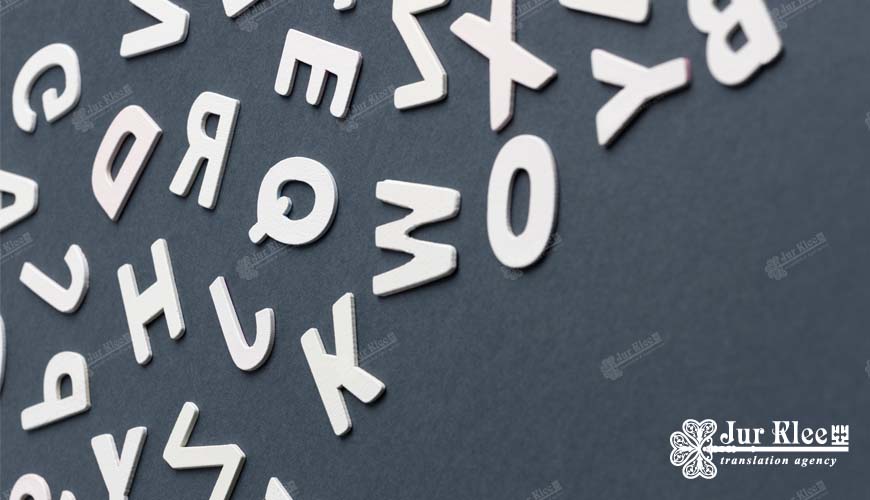
Language traps: examples of difficult-to-translate words and expressions
Translation is not just about replacing words from one language to another. It is the art of conveying meaning, cultural contexts and emotional coloring, which sometimes makes the process incredibly difficult. Some words and expressions in one language have such a specific meaning or cultural binding that it can be extremely difficult to translate them into another language without losing their meaning. In this article, we will look at the most interesting and difficult words and expressions to translate, which often baffle even experienced translators.
1. "Schadenfreude" (German) - Let's start with one of the most famous examples — the German word "Schadenfreude". It means the pleasure that a person gets from watching the failures of others. Although English and Russian have similar expressions that convey this meaning, they do not convey it fully. English analogues like "gloating" or "malicious joy" are close, but not quite the same in emotional coloring. In Russian, the expression "злорадство (zloradstvo)" also does not fully convey all shades of meaning.
2. "Hygge" (Danish) - This Danish word has become popular all over the world, but it is still difficult to translate accurately. "Hygge" describes a state of comfort, contentment and satisfaction, usually in a cozy environment, with close people. In English, the word "coziness" or the phrase "a sense of well-being" can be used to describe this feeling, but none of them covers all aspects of the concept, which includes both the social aspect and inner satisfaction.
3. "Dépaysement" (French) - The French word "dépaysement" means the feeling that a person feels when he finds himself in a strange, unusual environment or in another culture. It's not just a feeling of being lost or isolated, but also the confusion caused by the difference in the setting. In English, "disorientation" or "culture shock" may be similar in meaning, but these words do not carry the emotional connotation inherent in the French term.
4. "Mamihlapinatapai" (Yagan language, South America) is one of the most famous difficult-to-translate words. It comes from the Yagan language, the indigenous inhabitants of Tierra del Fuego. "Mamihlapinatapai" describes a situation where two people look at each other, each hoping that the other will offer something they both want, but neither decides to take the first step. This word is difficult to translate into any language, as it describes a specific emotional and social situation.
5. "Saudade" (port.) - The Portuguese word "saudade" has no direct translation into other languages. It describes a feeling of deep nostalgia or longing for something that either will never return or has been lost forever. This is not just nostalgia, but a kind of mixture of sadness and sweet memories that overwhelms a person. In English, expressions like "longing" or "nostalgia" can be used, but they do not fully convey the full emotional complexity of "saudade".
6. "Ikigai" (Japanese) - The Japanese word "ikigai" describes the meaning or reason of life, something for which a person wakes up every morning. It is a concept that combines work, hobbies and personal goals, creating a feeling of complete harmony and happiness. In English, it can be translated as "purpose of life" or "reason for being", but this does not include the entire cultural and philosophical depth of the Japanese term.
7. "Sobremesa" (Spanish) is a Spanish word that describes the time that people spend at the table after eating, enjoying conversation and each other's company. It is especially common in Spanish-speaking cultures, where lunches and dinners are often accompanied by long conversations after a meal. There is no direct analogue of this word in English, although it can be described with phrases like "post-meal conversation" or "table talk".
8. "Fika" (Swedish) - "Fika" is a Swedish word that describes the tradition of a coffee break with a bun or cookie, but it includes more than just a coffee break. This is a time for communication, rest and recovery. In English, it can be translated as "coffee break", but such a translation does not convey the full social significance and ritual aspect that this word includes.
9. "Gezelligheid" (Netherlands) - The Dutch word "gezelligheid" is difficult to translate, as it describes the whole concept of a cozy, warm and friendly atmosphere. It can be both the indoor environment and the feeling of comfort in the company of friends or family. In English, it can be translated as "coziness" or "pleasant atmosphere", but such translations do not cover the full depth of this word.
10. "Kilig" (Tagalog, Philippines) - The Tagalog word "kilig" describes a special feeling when a person experiences butterflies in the stomach or excitement associated with a romantic moment. This word is difficult to translate into other languages, as it includes both a physical sensation and an emotional state. In English, you can use "butterflies in the stomach", but this does not fully convey the meaning.
Language traps and difficult-to-translate words and expressions are a real challenge for translators. They require not only knowledge of the language, but also a deep understanding of culture and context. Some of these words are so unique that they cannot be translated verbatim, and clarification or adaptation is required. This makes translation a truly creative and challenging task. It is important to understand that each language has its own unique words and expressions that reflect the cultural characteristics and worldview of native speakers.
